LCA RESULTS
BORG Automotive started on a circular business model more than 40 years ago, long before sustainability and environmental footprint were on the agenda. There has always been a desire to responsibly reuse available resources and extend the lifespan of automotive parts, while ensuring a short delivery time. All production leaves a footprint, and we have always believed that remanufactured products leave a smaller footprint than newly produced spare parts.
We have for a long time wanted to get concrete figures on the environmental footprint of our products and know the difference between the environmental footprint of a remanufactured product compared to the footprint of a similar newly manufactured product. We now have solid figures on this with our Life Cycle Assessments (LCA).

LCA is an abbreviation of Life Cycle Assessment.
LCA is a widely used method for assessing the potential environmental and climate impacts and resource consumption associated with a product.
An LCA looks at the entire life cycle of a product from cradle to grave - from the extraction of raw materials to the disposal of all residual products. An LCA can thus help to provide a picture of a product's environmental and climate impact and thus also to compare the product with alternative products.
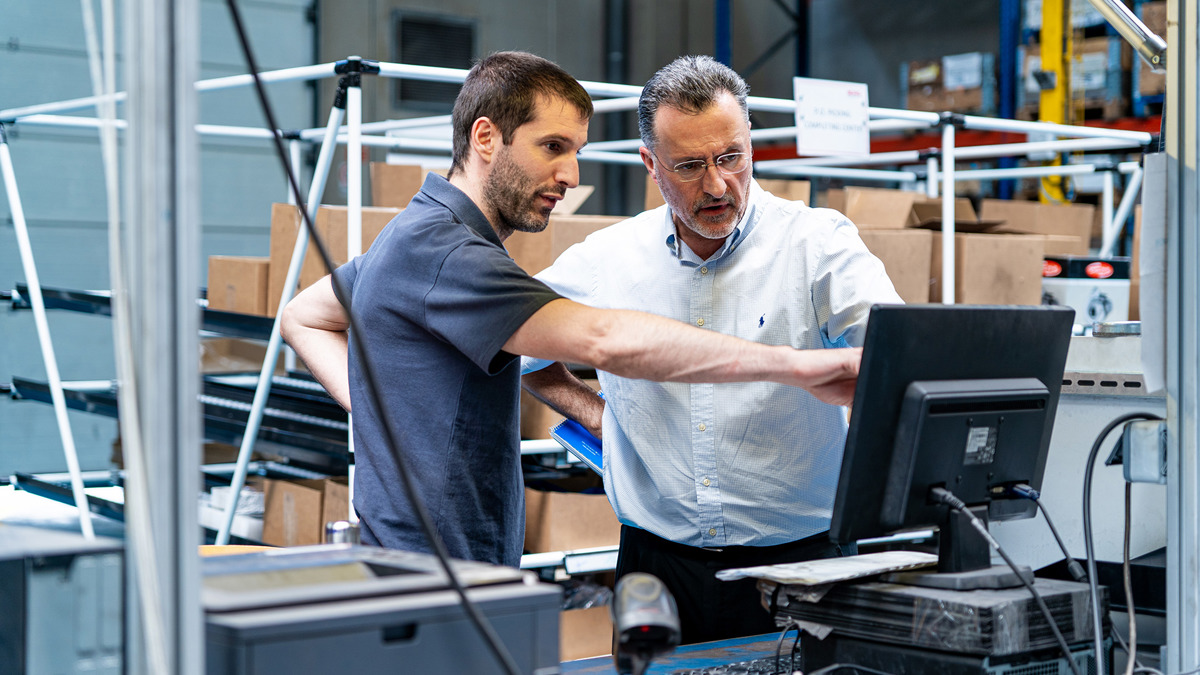
Linköping University has prepared the life cycle assessments based on ISO 14040 and 14044. Afterwards, the LCAs, including methodology, data and interpretations, have been critically reviewed by the independent third party SustainX. All LCAs have an approved LCA statement, with the exception of the panel review requirement in ISO 14044.
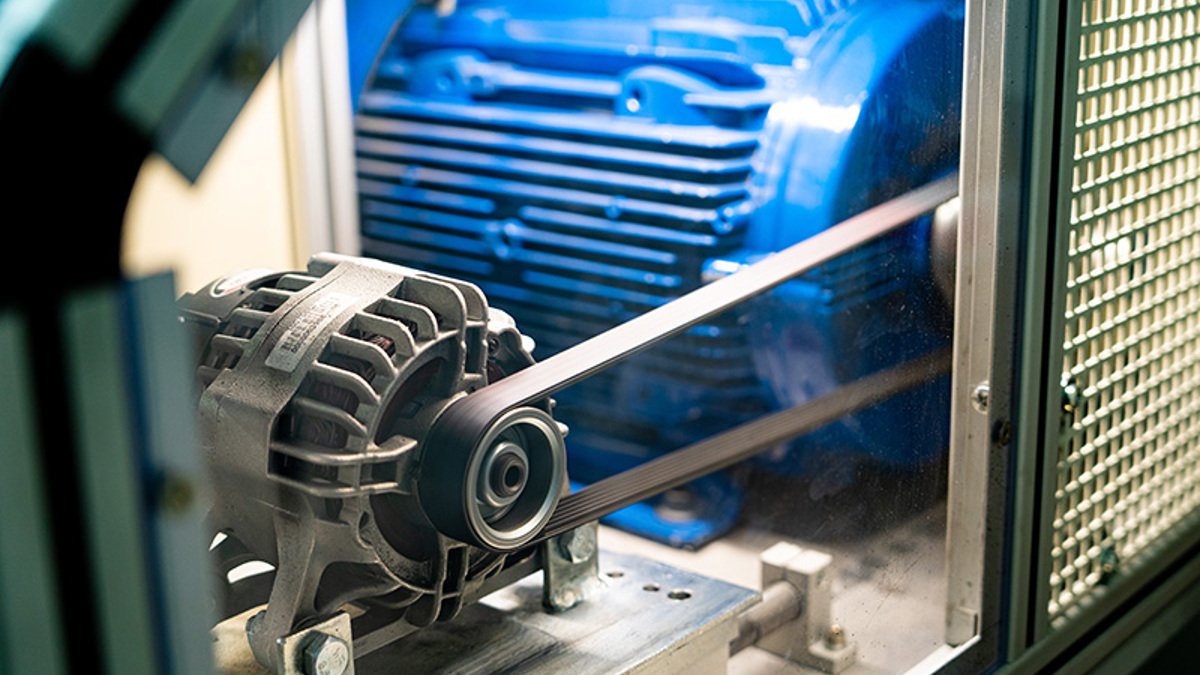
All eight product groups have had their environmental impact assessed in individual LCAs focusing on three environmental impacts: Global warming (CO2eq emissions), energy consumption (MJ) and depletion of natural resources (Sb-eq), also known as depletion of abiotic resources. The environmental impact has been assessed throughout the entire life cycle of the product. This means from the extraction of raw materials, to the processing of components, to transport and distribution, the in-service phase*, as well as the disposal after the product has reached the end of its lifetime.
*Use phase is excluded in this LCA as it is assumed that the environmental impact of the use phase is the same for both remanufactured and newly produced products.
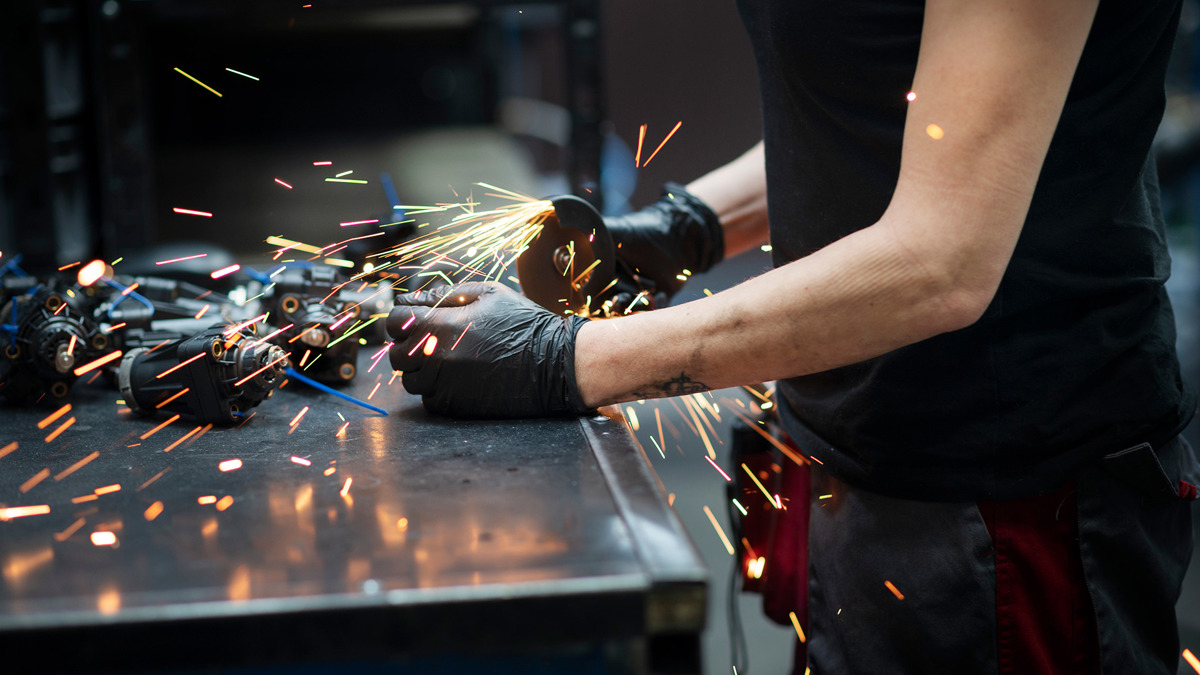
One product number from each of the eight product groups has been compared to the same product number from new production (newman). We call this the functional unit. The product numbers are selected based on BORG Automotive's sales volume in 2021 and an estimation of the product's technological relevance in the next 5 years.
A life cycle assessment has been prepared for each selected product number for both a remanufactured product system and a newly produced product system. An attribution model is used where the input and output flows in a system's process are calculated for a specific period based on historical data. This makes it possible to compare the environmental effects of the two product systems reman and newman.
The environmental impact of materials and processes used for the primary product (newly manufactured product) is allocated to a first life cycle of the product. This means that if materials and components can be reused in the next life cycle (for remanufactured products), the environmental impact is considered "free" for that cycle. Thus, the environmental impact is always attributed to the first product life cycle in these life cycle assessments.
We have prepared eight independent LCAs, all of which are detailed below. Our eight product groups vary wildly in function, size, remanufacturing process, and material composition, so there is a wide range in the environmental impact of the products. However, there is a clear tendency that our remanufactured products have a significantly lower environmental impact than newly manufactured products.
Compared to newly produced equivalents, our remanufactured products have on average the following lower environmental impact*:
%
%
%
*The average reduction is calculated from index 100 for each newly produced product without taking into account differences in production volumes for the eight remanufactured products.
Download PDFs with results for each individual product group.
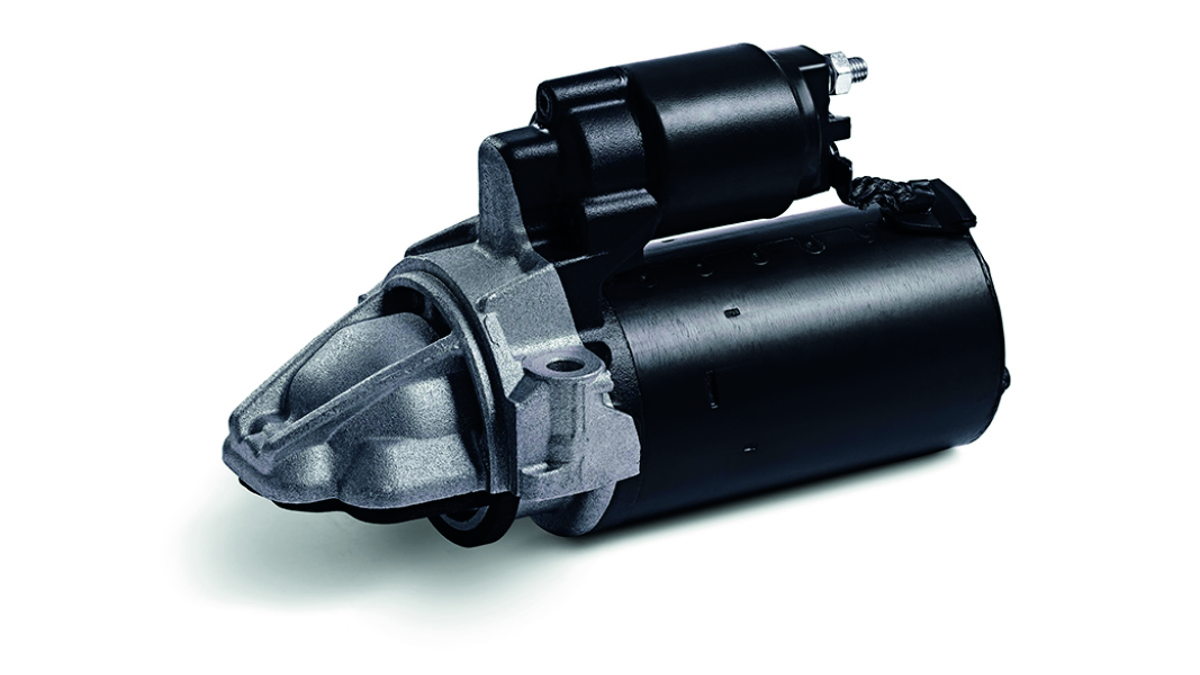
A remanufactured starter from BORG Automotive saves the environment 77% CO2eq, 80% energy, and 95% of the new materials compared to a newly manufactured starter.
Download pdf
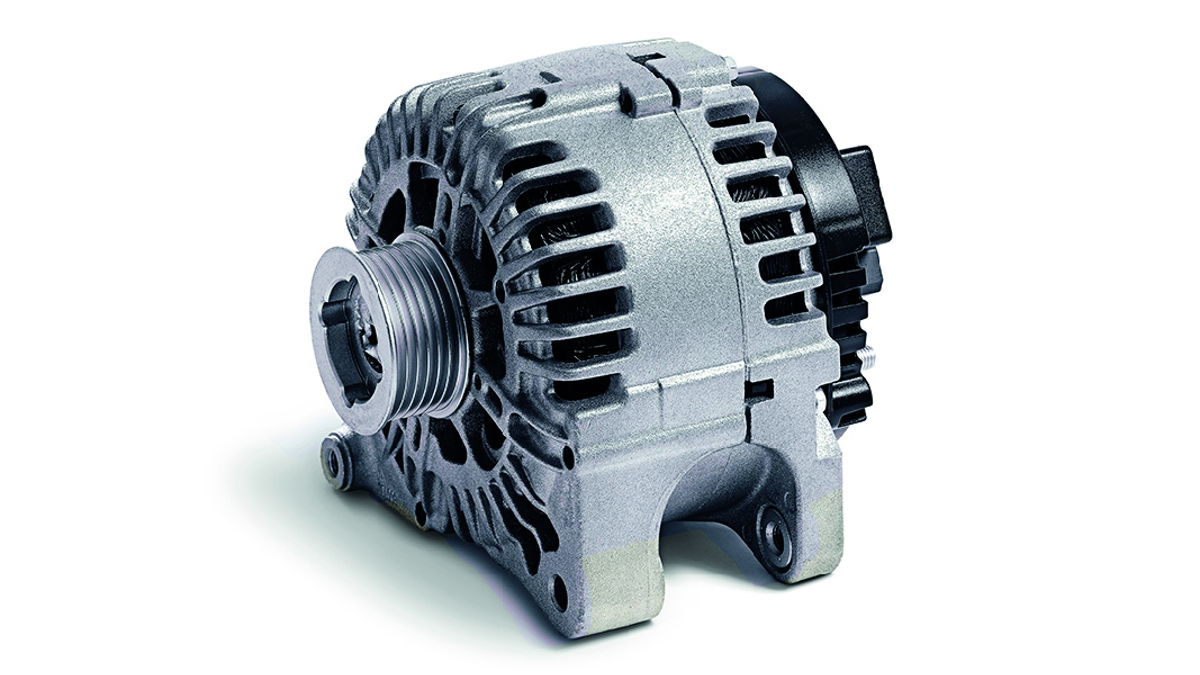
A remanufactured alternator from BORG Automotive saves the environment 82% CO2eq, 79% energy, and 91 % of the new materials compared to a newly manufactured alternator.
Download pdf
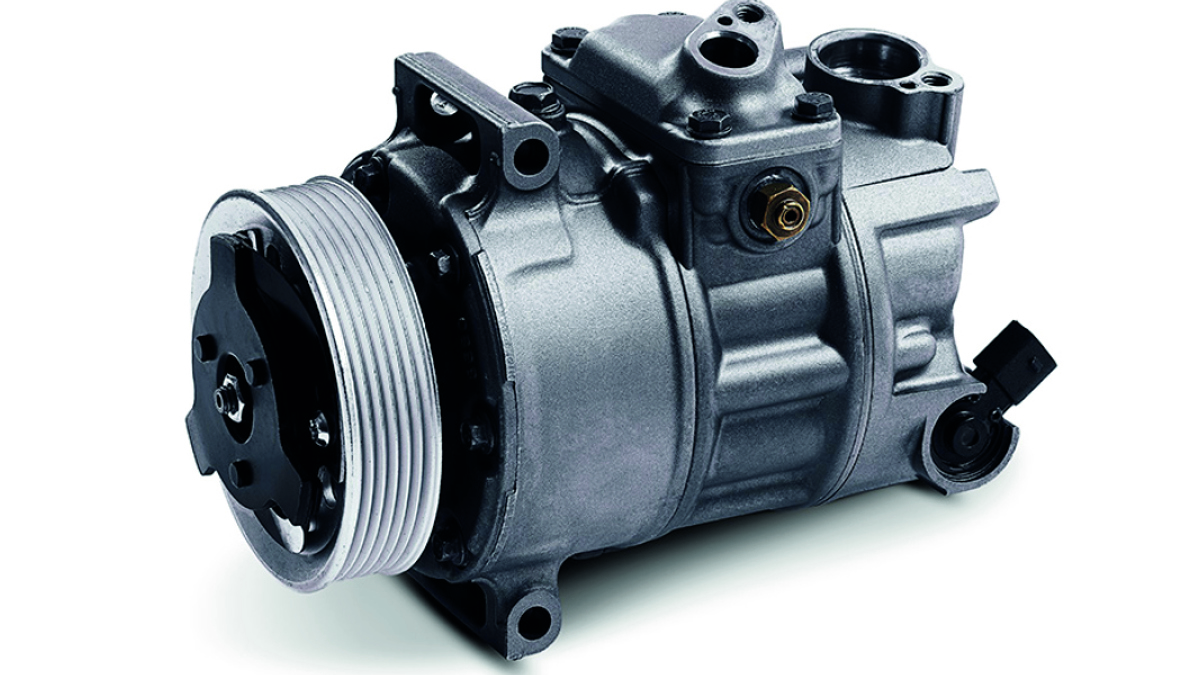
A remanufactured AC compressor from BORG Automotive saves the environment 76% CO2eq, 72% energy, and 84% of the new materials compared to a newly manufactured AC compressor.
Download pdf
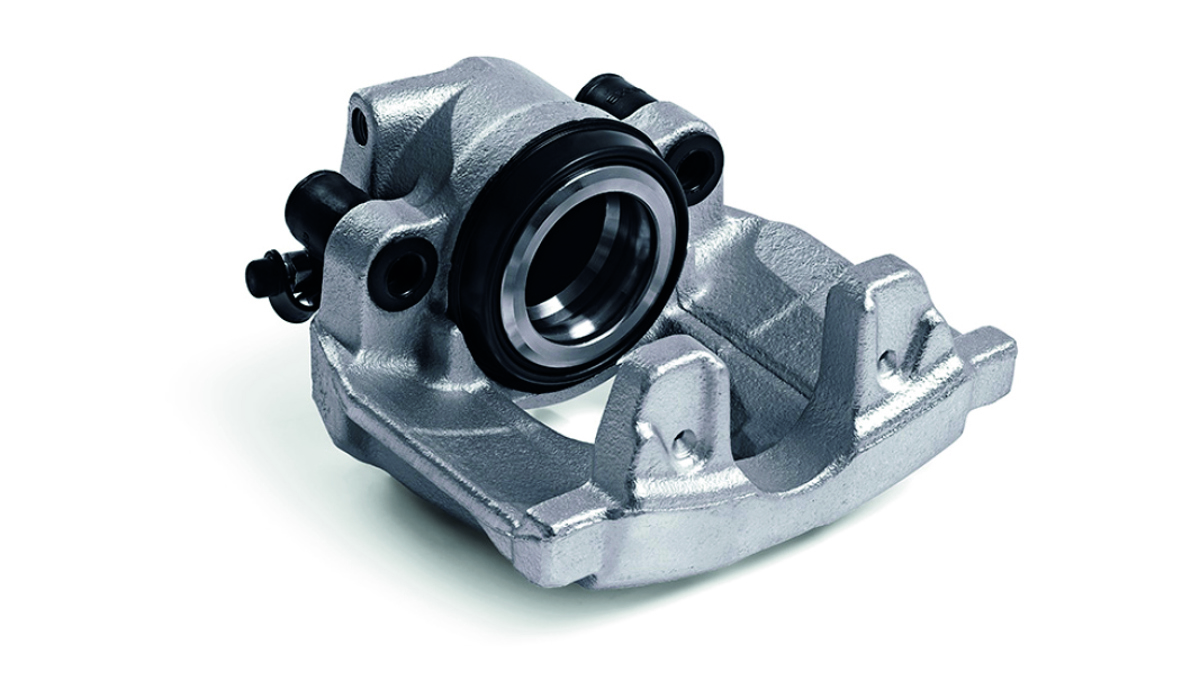
A remanufactured brake caliper from BORG Automotive is saving the environment 56% CO2eq, 55% energy, and 70% of the new materials compared to a newly manufactured brake caliper.
Download pdf
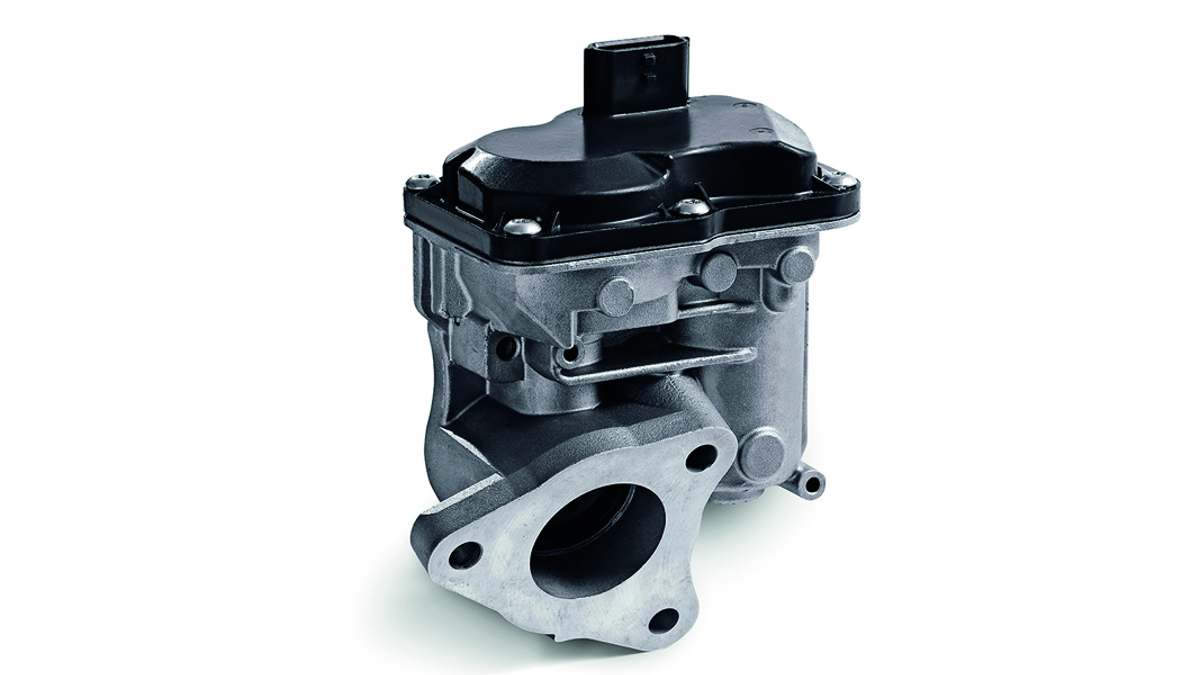
A remanufactured EGR valve from BORG Automotive saves the environment 57% CO2eq, 46% energy, and more than 99% of the new materials compared to a newly manufactured EGR valve.
Download pdf
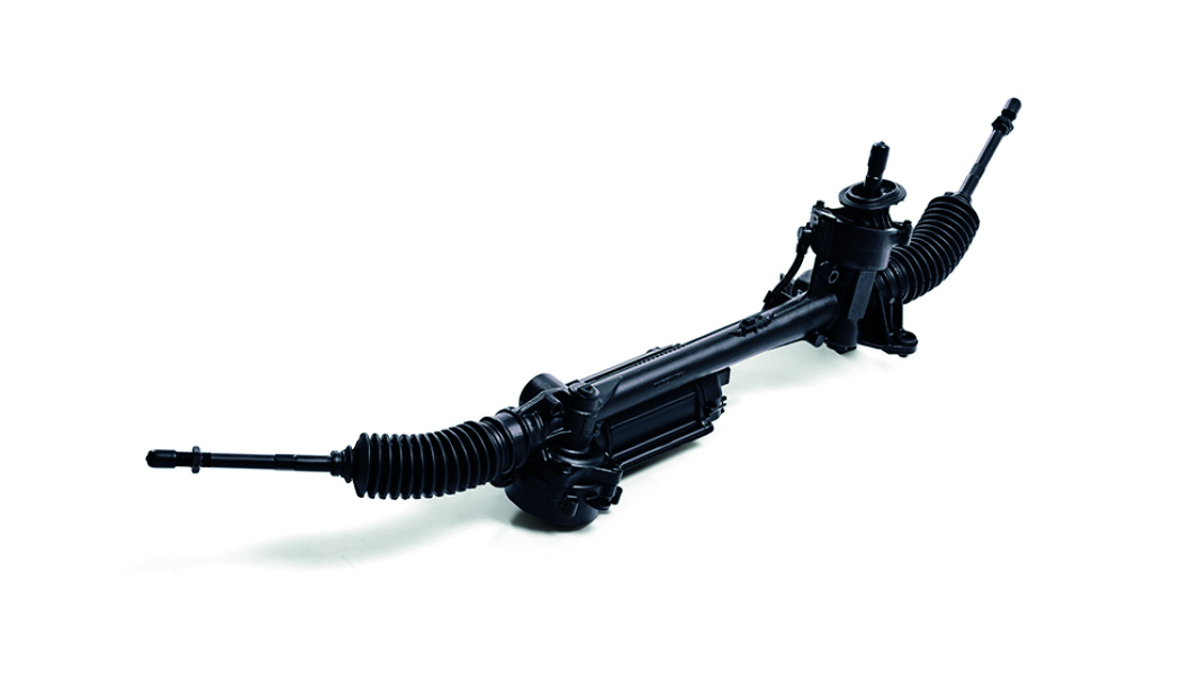
A remanufactured steering rack from BORG Automotive saves the environment 78% CO2eq, 62% energy, and 96% of the new materials compared to a newly manufactured steering rack.
Download pdf
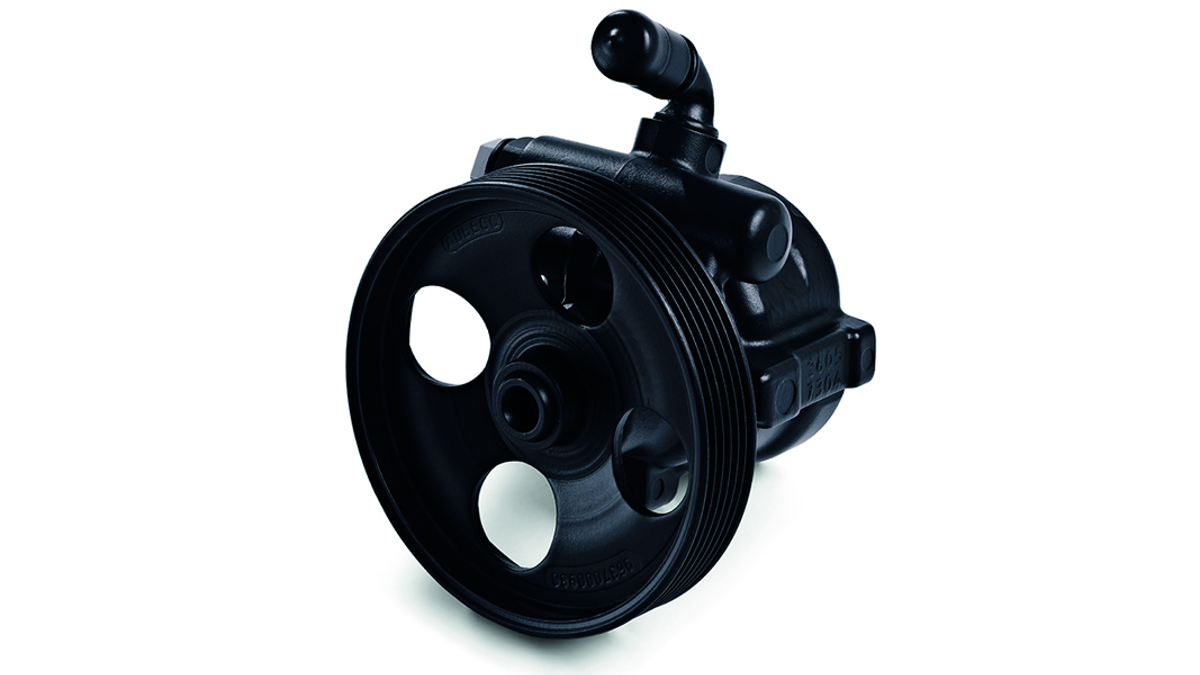
A remanufactured steering pump from BORG Automotive saves the environment 22% CO2eq and 94% of the new materials compared to a newly manufactured steering pump despite the 49% higher energy consumption.
Download pdf
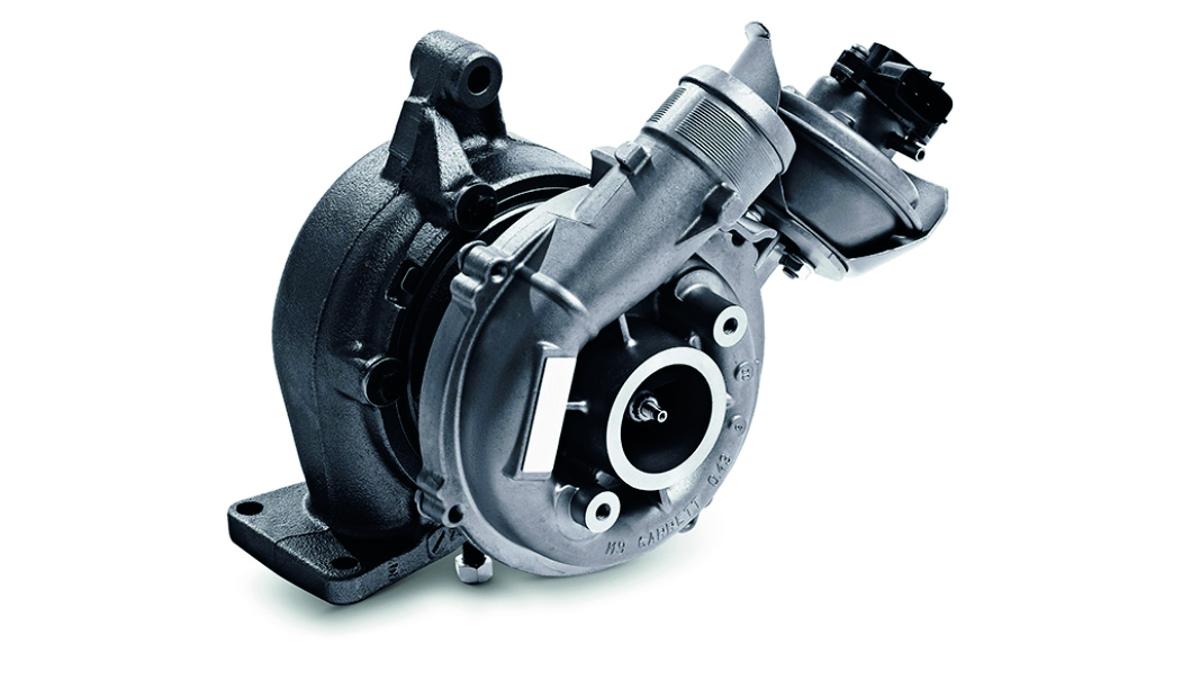
A remanufactured turbocharger from BORG Automotive saves the environment 32% CO2eq and 55% of the new materials compared to a newly manufactured turbocharger despite the 7% higher energy consumption.
Download pdf
The results show the environmental benefits of remanufacturing. In other words, we offer the market and our customers products with the same quality and warranty requirements as newly manufactured units, but with a lower environmental footprint.
"We view these results positively, but we don't see them as an opportunity to rest on our laurels. The LCAs add weight to our argument in favour of remanufacturing. We will continue to commission new LCAs as the market changes and new product groups emerge. At the same time, the LCA results are also an opportunity for us to review our own production process for improvement potential." Line S. Meldgaard, Sustainability Manager.
Our DNA is based on "continuous improvement", and thus the journey for optimisation also starts internally. The results show that if we can reduce energy consumption, implement more renewable energy, and reuse more components in our remanufacturing process, the environmental impact of the remanufactured products can be further reduced.
Read more about our ESG ambitions here.
Questions regarding our LCA results can be directed to Sustainability Manager, Line S. Meldgaard at lmel@dk.borgautomotive.com
We have conducted Life Cycle Assessments on all 8 product groups to assess their environmental impact.
View the results